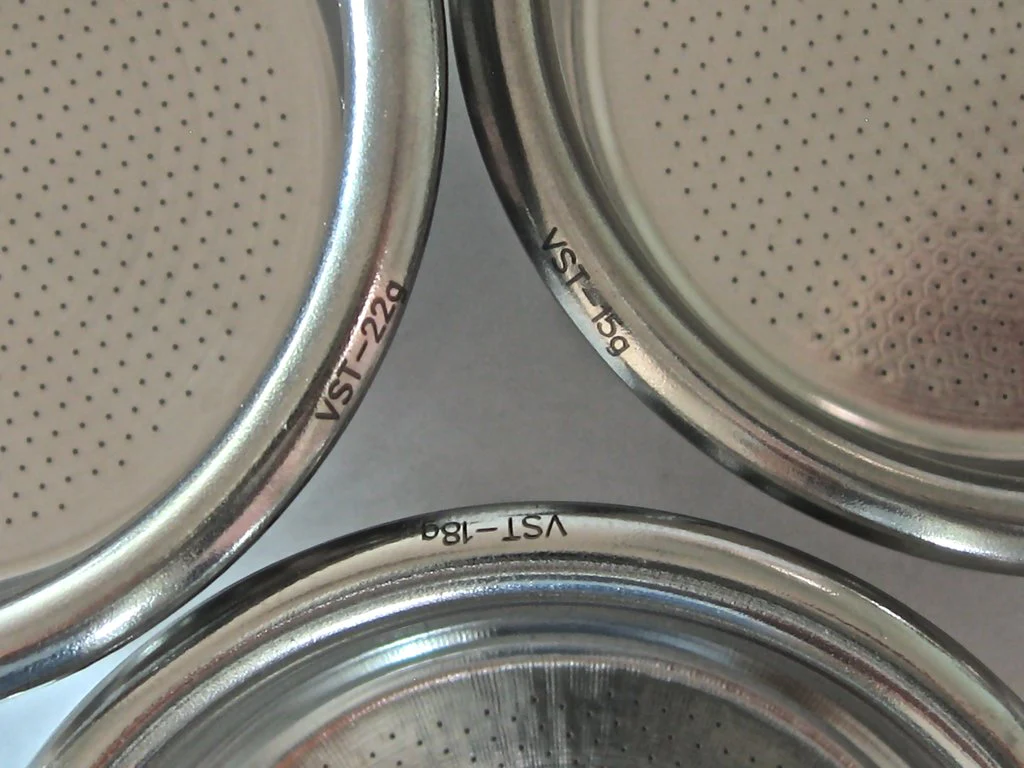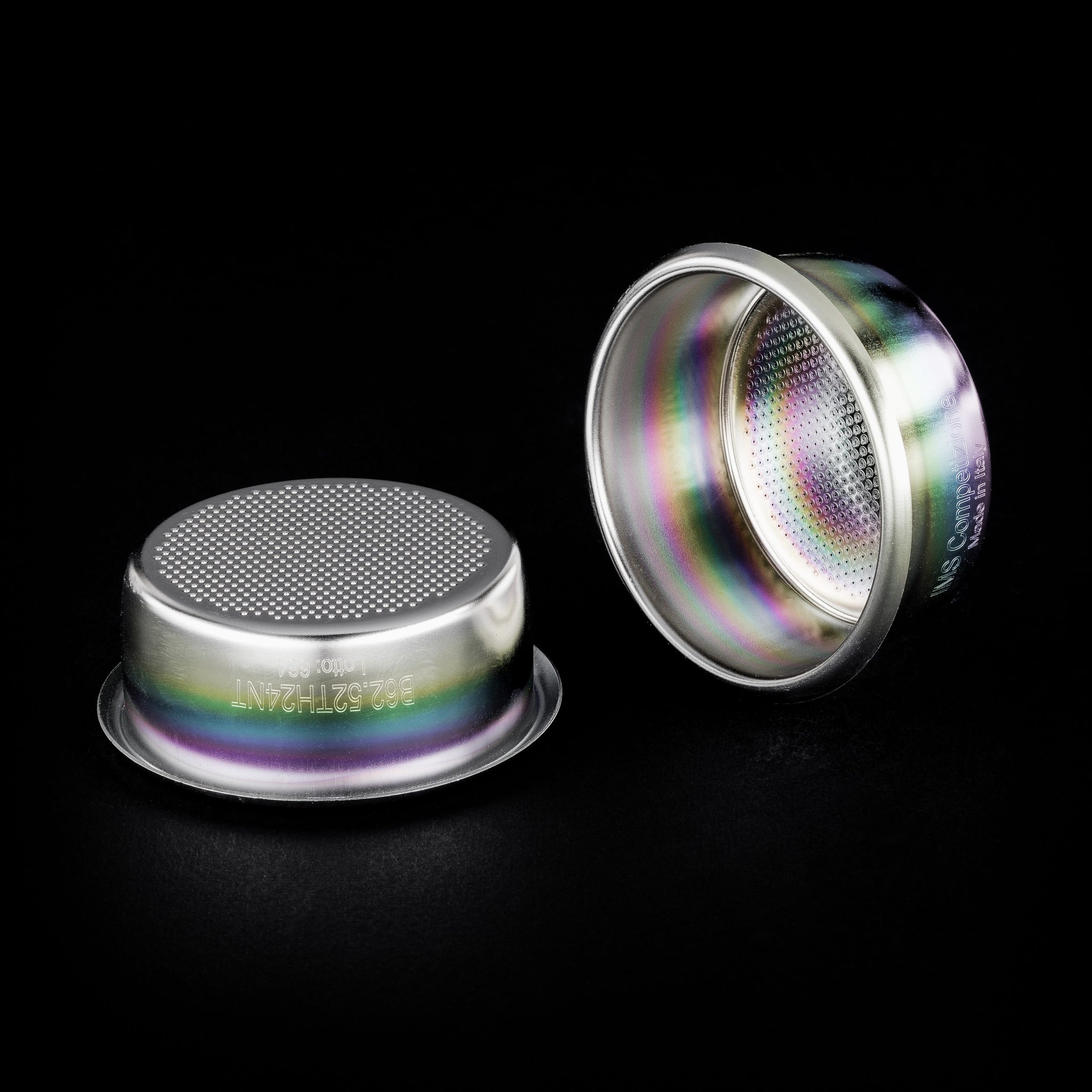Home Espresso Machines: Guide to the Perfect Shot
Photo by @kvtepov
Imagine waking up to the sound of your espresso machine humming quietly in the kitchen, the scent of freshly ground beans filling the air.
You carefully place your favorite cup under the spout, watch that rich, dark liquid pour out in a velvety stream, and then take that first sip—the espresso is perfect.
It's smooth, strong, and just what you needed to start the day.
If this sounds like your dream morning, then it's time to bring that vision to life by selecting your own home espresso machine.
But here's the thing: picking the right espresso machine can be a bit overwhelming.
With so many options on the market, how do you know which one will give you café-quality shots without becoming an intimidating counter ornament?
Let's examine the essentials of choosing, maintaining, and using a home espresso machine, so you can sip perfection every single time.
Choosing the Right Home Espresso Machine
When it comes to espresso machines, it's not a one-size-fits-all situation.
The type of machine you choose will depend on a few factors—your budget, your experience level, and how much control you want over the brewing process.
Manual Machines – If you're someone who loves the process of making espresso and wants full control, this might be for you. With a manual lever machine, you control every step—temperature, pressure, and timing. It’s like being a barista in your own kitchen. But be warned: these machines come with a steep learning curve. Once you master it, though, you’re rewarded with some of the most impressive espresso you’ll ever taste.
Semi-Automatic Machines – These are the sweet spot for many home baristas. Semi-automatic machines take care of water pressure and temperature but leave the grind size, tamping, and timing in your hands. This balance gives you control over the most important aspects of making espresso, without requiring you to micromanage every detail.
Fully Automatic Machines – If you’re after convenience, this is where you’ll want to land. Fully automatic espresso machines handle nearly every step for you. Some models even grind the beans and steam the milk at the touch of a button. While this means less control, it’s hard to beat the ease of getting a consistent espresso shot without much effort.
Super-Automatic Machines – These take automation to another level, handling everything from grinding to brewing to milk frothing. If you want café-quality drinks with minimal effort, a super-automatic machine might be worth the investment. However, you’ll sacrifice some control over the nuances of the brew, which purists might miss.
Key Features to Look For
Before you buy, there are a few features you'll want to consider carefully:
Pressure and Pump Type: Look for machines with at least 9 bars of pressure to ensure the water is forced through the coffee properly, extracting all the rich flavors.
Boiler System: Machines with dual boilers allow you to brew espresso and steam milk at the same time, which can be a game-changer if you love lattes and cappuccinos.
Grinder Integration: Freshly ground coffee is essential for a good shot of espresso. If your machine doesn’t come with a grinder, you’ll need to invest in one. Machines with integrated grinders can be more convenient but remember, not all grinders are created equal.
Maintaining Your Espresso Machine
Once you’ve invested in a machine, it’s crucial to keep it running smoothly to ensure your shots stay consistent and delicious.
Regular Cleaning – Coffee oils and residue can build up in your machine, affecting both taste and performance. Make it a habit to clean the portafilter, group head, and steam wand after each use. Once a week, you should do a deeper cleaning by running a blank shot (without coffee) to rinse out the internal components.
Descaling – Depending on your water hardness, mineral deposits can accumulate in your machine, affecting water flow and temperature regulation. Every few months, use a descaling solution to clean out these deposits. This will keep your machine working efficiently and extend its lifespan.
Change the Filters – Some espresso machines come with water filters, especially the more high-end models. These filters prevent mineral buildup and purify the water, which improves the taste of your espresso. Be sure to change them as recommended by the manufacturer.
The Art of the Perfect Espresso Shot
Now that your machine is primed and ready, it’s time for the fun part: pulling the perfect shot.
Grind Size Matters – The grind size for espresso is much finer than for drip coffee, almost like powder. Too coarse, and the water will flow through too quickly, giving you a weak, under-extracted shot. Too fine, and you’ll end up with a bitter, over-extracted brew. Invest in a burr grinder to get a consistent grind size—this is non-negotiable if you want café-level espresso at home.
Tamping Technique – When you place the coffee grounds in the portafilter, you need to tamp them down to create an even bed for the water to flow through. The trick is to apply firm, even pressure (about 30 pounds of force) without pressing too hard. An uneven tamp can result in channeling, where the water finds an easier path through the grounds, leading to an uneven extraction.
Brewing Time – The golden rule for espresso brewing is that your shot should take about 25–30 seconds to extract. If it’s too fast, the coffee will be under-extracted and taste sour. Too slow, and you’ll get an over-extracted, bitter mess. Keep an eye on your shot time and adjust your grind or tamp if needed.
Enjoy the Experience – Espresso is about more than just drinking coffee—it’s about savoring the moment. The silky texture, the robust flavor, and even the slight bitterness at the end all come together to create an experience worth taking your time for.
Troubleshooting Common Espresso Problems
Even with the best machine and beans, you might run into some issues. Here are a few common problems and how to fix them:
Sour Espresso – If your espresso tastes sour, the water may be flowing too quickly through the grounds. Try using a finer grind or tamping a bit more firmly.
Bitter Espresso – A bitter shot usually means the water took too long to pass through the coffee. In this case, try a coarser grind or a lighter tamp.
Weak Shots – Weak espresso could mean you’re using too little coffee or that your grind is too coarse. Ensure you’re using the correct amount of coffee—usually 18-20 grams for a double shot—and adjust your grind accordingly.
Conclusion
Bringing an espresso machine into your home isn’t just about convenience; it’s about experiencing coffee in a new and exciting way.
With the right machine and a bit of practice, you’ll be pulling shots that rival your favorite coffee shop’s, all from the comfort of your kitchen.
So whether you're a purist craving full control or someone who just wants to press a button and enjoy, there's a home espresso machine out there that's perfect for you.
And once you’ve made your choice, don’t forget—maintaining your machine is just as important as learning how to use it.
A clean, well-cared-for espresso machine is the key to consistently delicious coffee.



